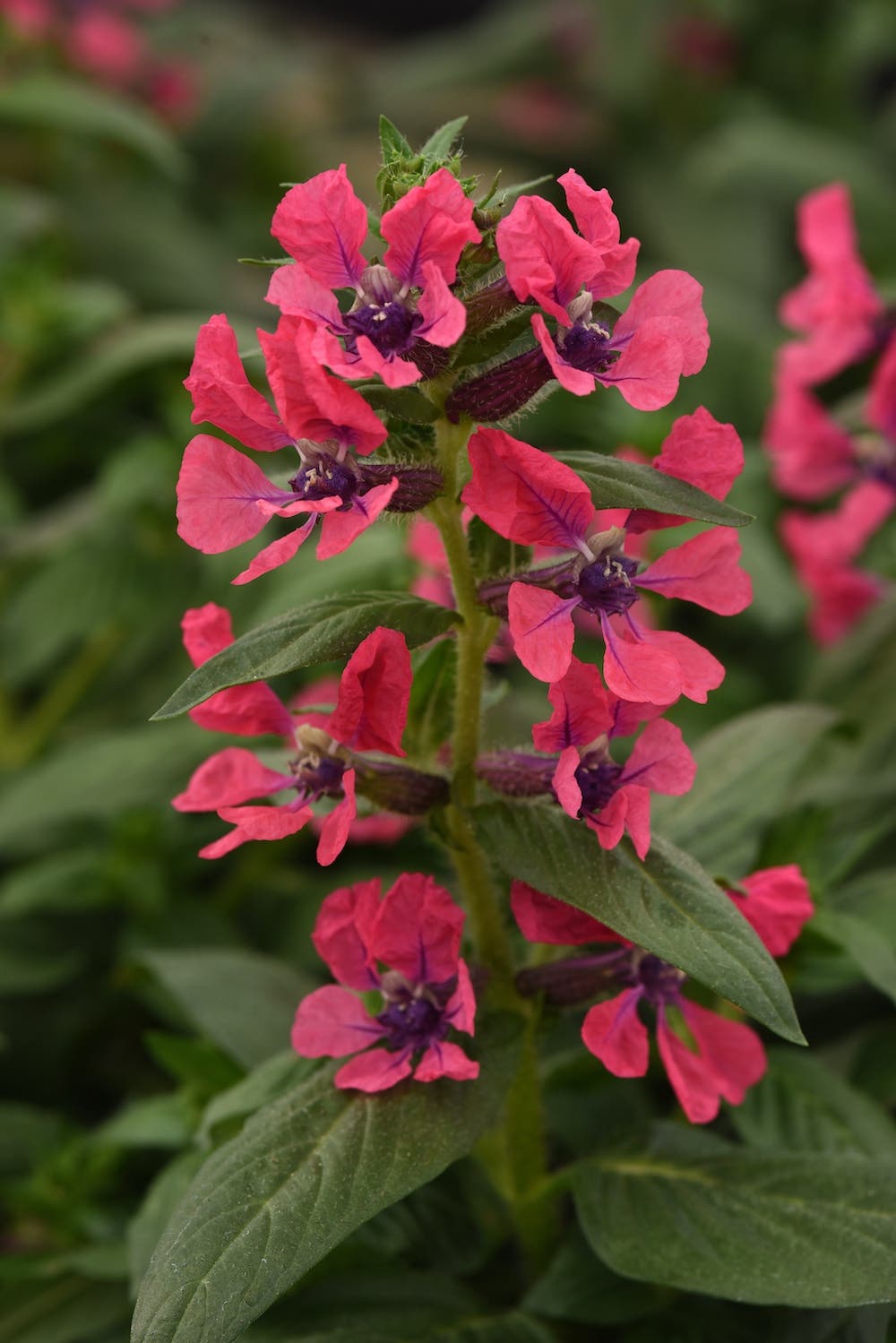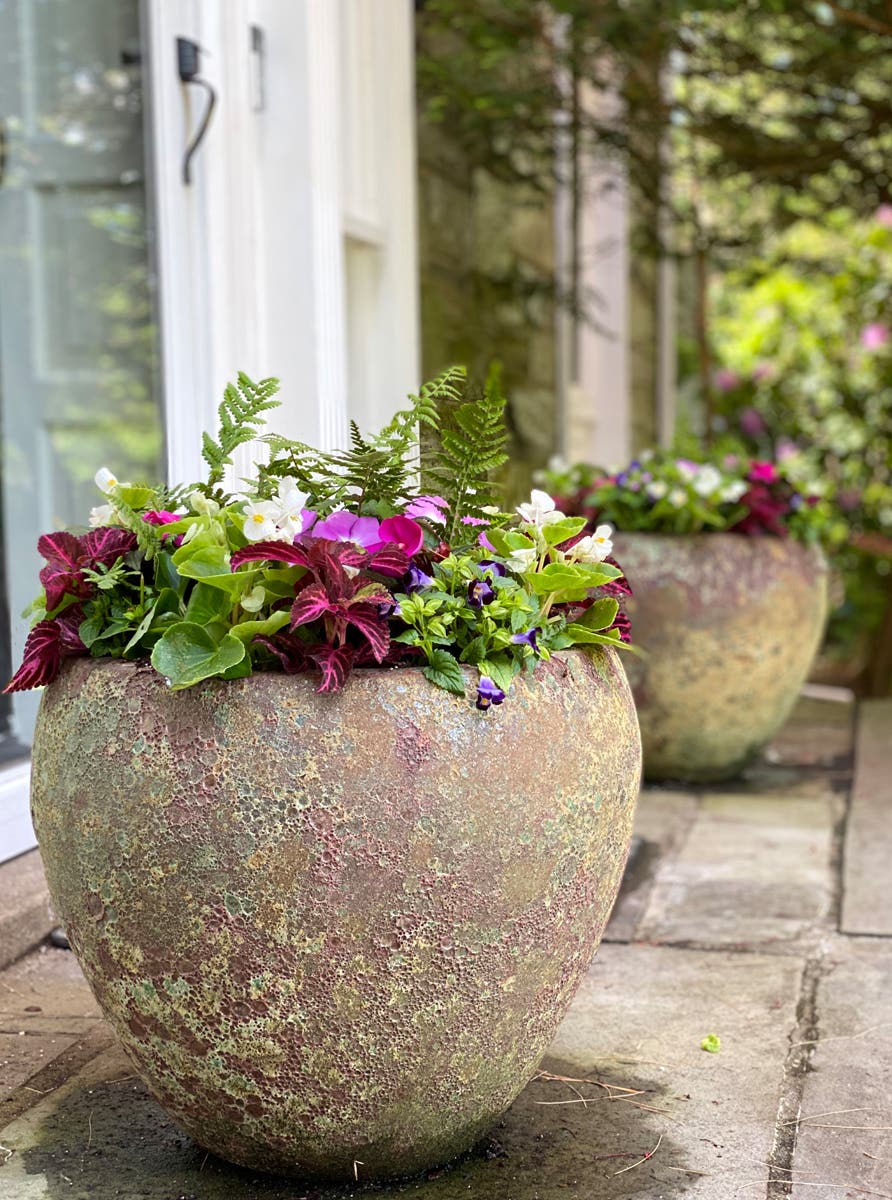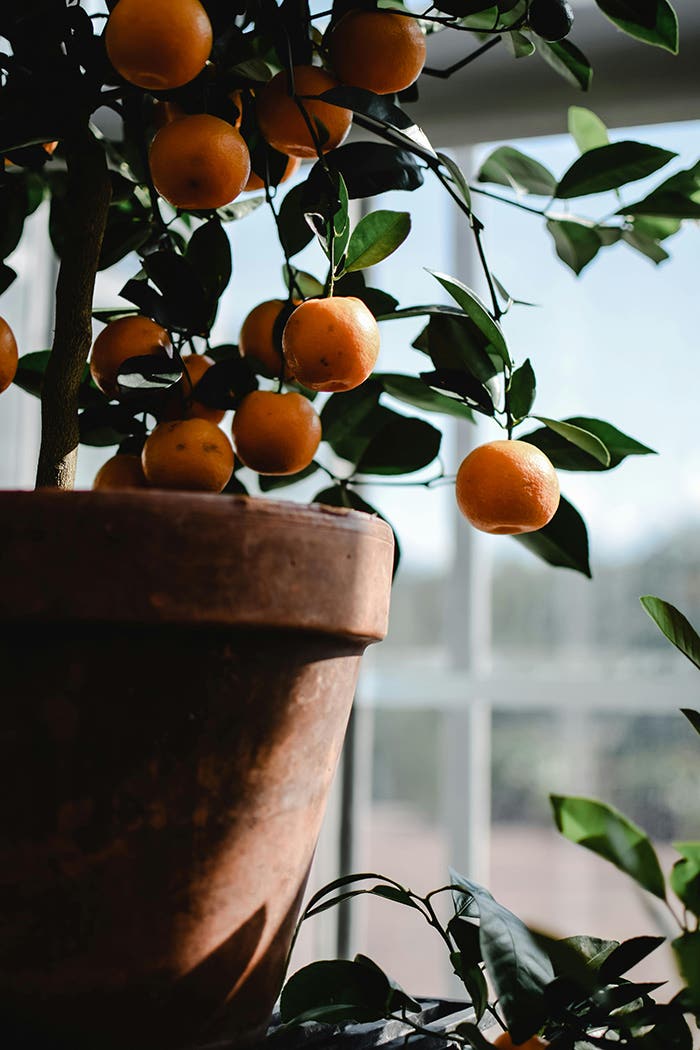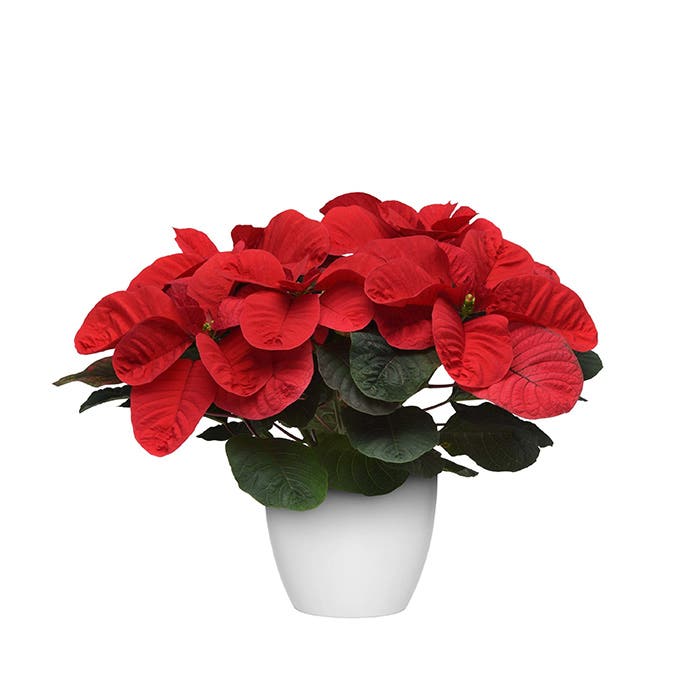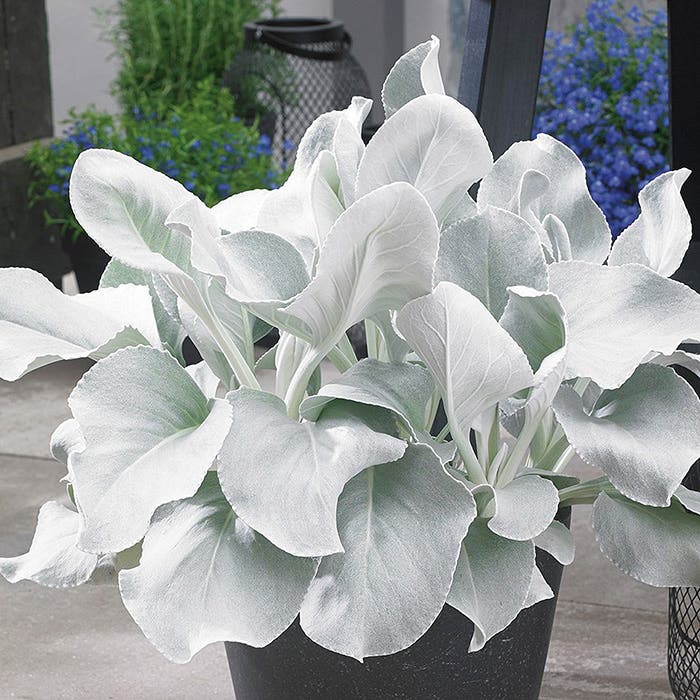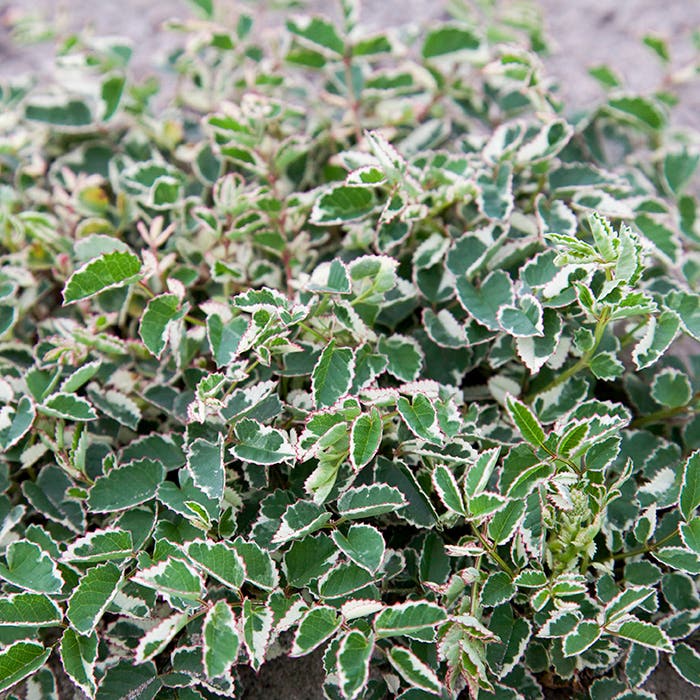Plants We Love: Slipper orchids
Slipper orchids (Paphiopedilum) are fairly easy orchids to keep as houseplants
Plant name: Slipper orchids (Paphiopedilum)
Botanical name of pictured orchid:Philippinense v. aureum 'Greenlace'
Virtues of Paphiopedilum: Paphiopedilums will grow easily into specimen plants. With good culture they branch freely and regularly. Because paphiopedilums are capable of producing flowers on rootless growths, particular care must be taken with watering when growing a specimen plant in order to produce a lovely display of blooms with a healthy extended root system beneath the surface of the potting medium.
Temperature & Humidity: The green-leaved types ideally require night temperatures around 50 to 55 degrees F, while the mottled-leaved types need 60 to 65 degrees F at night. Day temperatures should range between 70 and 80 oF, although short periods of moderate higher or lower temperatures will not injure the plants. The humidity should be moderate, between 40 and 50 percent.
Light & shade: Paphiopedilums enjoy medium light intensity, requiring 800 to 1,000 foot candles throughout the year for optimum growth. Direct sun, except in the early morning, should be avoided. In the home, move the plants back from the window at the peak of the noonday sun, or ideally grow them behind a filmy curtain.
Air Movement: As with all orchids, moist, vigorous air movement, at a temperature favorable to the plants is highly recommended to keep the leaves cool and to dry drops of water from the plants, thereby reducing chances of disease. Hot or cold drafts will blast paphiopedilum flower buds so be very careful of the position of your plants, particularly on a windowsill.
Watering: Although the growth habit of paphiopedilums is sympodial, they do not possess pseudobulbs. Hence, like phalaenopsis, they must receive regular and constant watering. This will entail keeping the potting media moist but not wet. Perfection of this technique requires some experimentation.
Water your paphiopedilums every five to seven days; however, your own conditions affect the rate at which your plants will dry out and thus require water. Watering should always be done early in the day so that the plant foliage can dry before temperatures drop at nightfall.
For those growers using bark as a potting medium, it is extremely important not to permit the plant to go dry, as the bark is then very difficult to rewet. Water will channel through the dry mix leaving most of the pot dry. When this happens the only solution is to submerge the whole pot and mix in a pan of water until moisture has been restored to the pot.
Potting: There are at present many different potting media to choose from. Many of them have been described in various issues of AOS Orchids. Straight fir bark makes an excellent growing medium. Because paphiopedilums are semi-terrestrial, a potting medium that drains well but retains moisture is necessary. Consequently, fine chopped fir bark, commonly called, 1/8 to 1/4 inch, is preferable to the medium to large sized chunks used as cattleya or phalaenopsis potting medium. Be sure that you wet the bark thoroughly before potting any type of orchid in it.
A paphiopedilum should be repotted when the potting medium has decomposed, when the plant has outgrown its pot, or when you wish to divide the plant. Although many paphiopedilums will live when divided into single growths with roots, it is preferable to make divisions of no fewer than three growths. The best time for repotting or dividing is immediately after flowering.
The procedures for repotting entail clipping off the old dead roots, and filling the compost medium in and around the roots until it reaches just slightly over the base of the plant. Do not bury the plant growths as this encourages rot, but the base of each growth should be in contact with the medium. You may wish to give your plant a little water immediately following repotting but, as with other orchids, watering is held to a minimum until evidence of new growth is apparent.
Place your newly potted paphiopedilum in a shaded area, moving it gradually into its proper light conditions once it has started growing again.
Feeding: Plants in fir bark are fed with a high nitrogen fertilizer, a 3-1-2 or 3-1-1 formula, at one-half recommended strength. For greenhouse growing you should fertilize three times and then use plain water for the fourth watering in order to leach out any salts that have accumulated. For home or windowsill growing alternate the use of fertilizer and plain water.
Plants grown in some of the more complicated mixes consisting of rock, peat, oak leaf mold, etc., should receive fertilizer at a more reduced strength as some of these components may provide nutrients or may be soured by a high nitrogen fertilizer at full strength.
Information courtesy of slipperorchid.org. Image courtesy of Rod Knowles, RKG Orchids, 218-821-3556,


